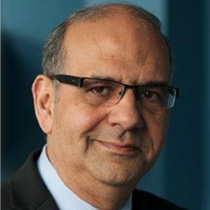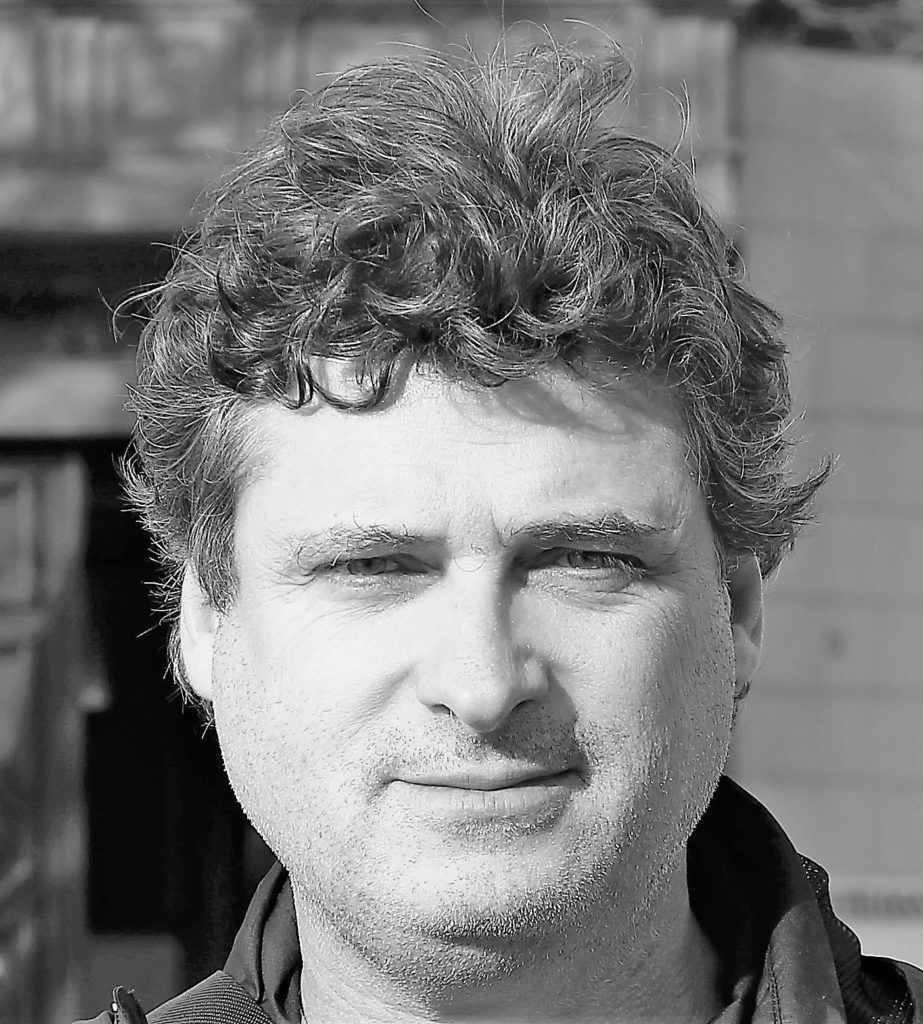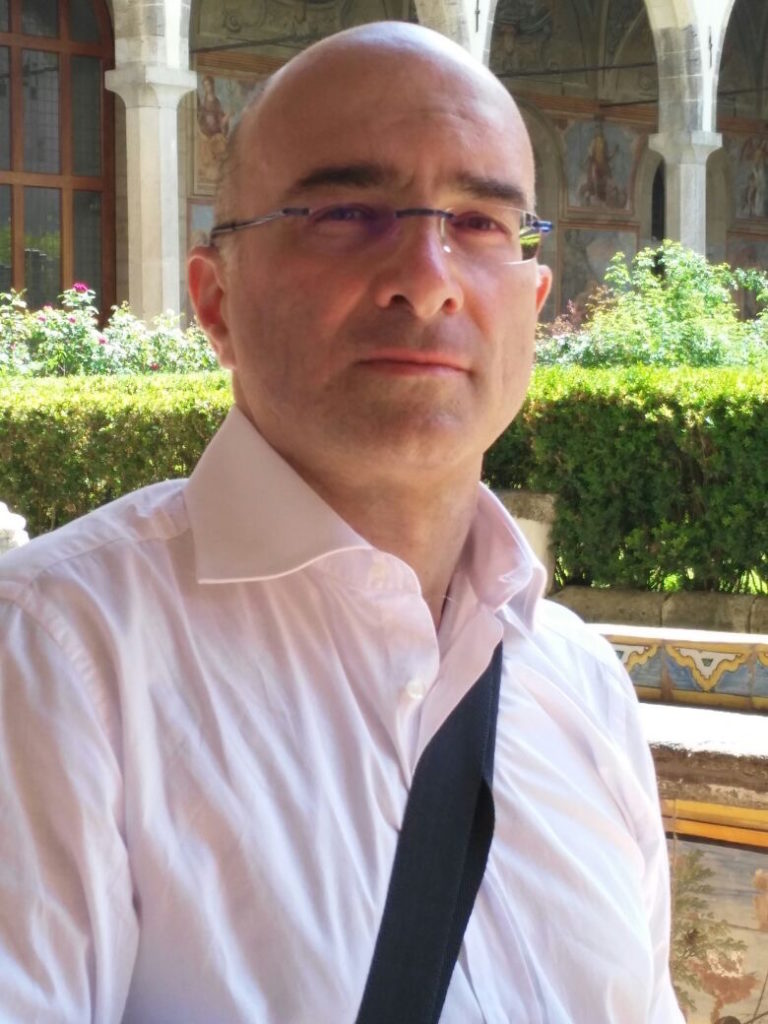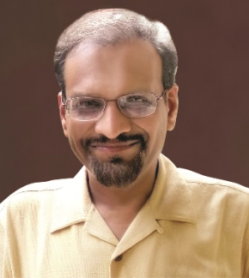Asset Digital Twin. A Systems of Systems Engineering Approach
Grieves at Michigan University first introduced the DT concept in 2002, in the context of Product Life Cycle Management (PLM) to address a virtual / digital equivalent of the actual manufactured physical product. After M. Grieves initial contributions, the vision of a digital twin has been subject of numerous publications and whitepapers applied to a wide range of technical and business domains, targeting multiple applications and uses. Digital Twin technology is still an emerging field and continues, increasingly capturing the attention of the academic and industrial communities in multiple areas, as a backbone within the digital transformation. The growing interest of system of systems (SoS) as new generation of complex, emerging and heterogenous systems to realize a common goal, has become the focus of various applications; including military, security, aerospace, manufacturing, service industry, health care and energy industry among many others. This lecture will share a Systems of Systems Engineering approach to Digital Twin for supporting industrial assets thorough the entire lifecycle, as well as the industrial experience and outlook along the Digital Twin journey.
Speaker


Edmary Altamiranda, Dr.
Edmary Altamiranda has the degrees of Systems Engineer (1995), Master of Science in Control Engineering (1997) and Doctor in Applied Sciences – Intelligent Control Systems (2003) from Universidad de Los Andes, Merida – Venezuela.
Exascale and the convergence of HPC, Big Data, IA and IoT
The field of high-performance computing (HPC) or supercomputing refers to the construction and use of computing systems that are orders of magnitude faster than our common systems. The top supercomputer, Summit, can perform 148.6 trillion calculations in one second (148.6 PF in LINPAC). The two main supercomputers are now in the U.S. followed however with two Chinese supercomputers. Many countries are competing to break the record and build an ExaFLOP supercomputer that can perform more than a million billion (quintillion) calculations per second. In fact, the United States is planning two supercomputers in 2021, one of which, when fully operational (Frontier), will operate at 1.5 EF. Incidentally, data volumes due to social media and the Internet of Things (IoTs) have been exploding and AI has been a successful technique with advancements in deep learning to take advantage of those large volumes of data. Those simultaneous developments have thus given rise to what is considered the Big Data and HPC Convergence as mass processing …
Speaker


Tarek El-Ghazawi, Dr.
Tarek El-Ghazawi is a professor in the Department of Electrical and Computer Engineering at George Washington University, where he directs the University’s Strategic Academic Program in High-Performance Computing.
How renewables and HVDC transmission is evolving in the Brazilian Interconnected Power System - The challenges ahead
The Brazilian Interconnected Power System (BIPS) has been experiencing great transformation in the last decades. Initially divided in two subsystems formed by the North-Northeast regions and the South-Southeast regions, it was unified in the late 1990s with the construction of the North-South AC 500 kV interconnection in order to optimize the predominantly hydro generation with different seasonal regional regimes. More recently, two big developments have been observed in the BIPS: the commissioning of large run-of-river power plants in the Amazon (North) region and the rapidly increasing penetration of wind, and more recently solar, generation in the Northeast region. As the largest load centers (Rio and Sao Paulo) are located in the Southeast region, this new generation sources have required a reinforcement of the transmission system, using both HVAC and HVDC technologies. Those developments made the BIPS operation and planning studies even more complex. The talk will briefly describe big challenges ahead, that encompasses the relative decrease of synchronous inertia, thus deteriorating the frequency regulation, and the formation of multi-infeed LCC HVDC links, thus increasing the probability of concurrent commutation failures.
Speaker

Glauco Taranto, Dr.
Glauco Taranto received B.Sc degree in 1988 from the State University of Rio de Janeiro, M.Sc. degree in 1991 from the Pontifical Catholic University of Rio de Janeiro, and Ph.D. degree in 1994 from Rensselaer Polytechnic Institute, Troy, NY, USA, all in Electrical Engineering with emphasis in Power Systems.
Photovoltaic arrays modeling for control and diagnostic purposes
Modeling is a key aspect for increasing the amount of electrical energy produced by Photovoltaic (PV) arrays, through the ability of detecting both the optimal operating conditions in real time and the modules failures promptly. PV modeling that accounts for non-linearities, parametric dependencies on operating conditions, cell-to-cell mismatching, partial shadowing requires an in-depth knowledge of the cell physics and some mathematical tools, so that the suitable equivalent circuit can be even used for on-line applications and real time simulations for model-based approaches through embedded systems.
Speaker


Giovanni Spagnuolo, Dr.
Giovanni Spagnuolo is Professor of Electrical Engineering at the University of Salerno. Since January 2016 he is Fellow of the IEEE “For contributions to control of photovoltaic systems”. In 2015 he was included in the list of the Most Influential Minds published by Thomson Reuters.
Predictive analytics in cardiovascular engineering : Transforming data into future insights on on cardiometabolic risk and cardiovascular disease
Cardiovascular Engineering presents a wide spectrum of research, from basic to translational, in all aspects of cardiovascular physiology and medical treatments. This research utilizes engineering principles and methods to advance fundamental knowledge and technological solutions related to the cardiovascular system. The coverage is enormous, ranging through fields like wearable medical devices, hemodynamics and tissue biomechanics, tissue engineering, regenerative medicine, machine learning, predictive analytics, and IoT. We have developed an interdisciplinary team of young students, engineers, medical doctors, physicists, mathematicians and other specialists, emphasizing the importance of humanistic concepts. They play an important role in the research, development and management of medical technologies under a new paradigm, that tend to accomplish with the ‘Bench to Bedside’ term, used to describe the process by which the results of research done in the laboratory are directly used to develop innovative ways to treat patients. The personalized risk estimation and cardiovascular diagnosis allows design and implementation of personalized strategies of prevention and treatment. The multi-parametric approach improves risk estimation and vascular diagnosis, as the dissimilar distribution, impact or manifestation of vascular changes associated with cardiovascular risk or ACVD are considered.
Speaker


Ricardo Armentano received his Engineering degree in 1984. He obtained his PhD in Physiological Sciences (1994) from the University of Buenos Aires and from Université de Paris VII Diderot in Biomechanics – Mechanics of Biological Systems (1999).
High performance semi-transparent Si-based carrier-selective passivating contacts for c-Si solar cells manufactured at different thermal budgets
Silicon solar cells based on PERC architecture have become the new industrial standard beyond the Al-BSF architecture. To aim at higher efficiencies, research is on innovative architectures based on carrier-selective passivating contacts (CSPCs) for quenching recombination mechanisms at contact interfaces. Focusing on Si-based CSPCs, low thermal budget heterojunction (HTJ) cells and high thermal budget TOPCon-like cells have achieved record efficiency values ~26% in both front/back-contacted (FBC) and interdigitated back-contacted (IBC) configurations. However, these architectures are challenging from upscaling stand point; thus, leaner and cost-effective processes that can enable efficiencies between 24% and 25% on large area are industrially appealing. In this contribution, we first review the opto-electrical properties and passivation quality of in-house developed semi-transparent CSPCs based on silicon alloyed with oxygen or carbon and manufactured at different thermal budgets. Then, starting from standard FBC cell configuration and recognizing the inherent parasitic optical losses due to Si-based CSPCs, we monitor the evolution of short-circuit current density in simple-process FBC and IBC devices endowed with our semi-transparent CSPCs.
Speaker


Olindo Isabella is an associate professor at Delft University of Technology, the Netherlands, where he leads the Photovoltaic Materials and Devices group. He received his Ph.D. cum laude in Opto-Electronics at Delft University of Technology.
Driving Maneuver Early Detection via Sequence Learning from Vehicle Signals and Video Images
Driving Maneuver Early Detection (DMED) is particularly useful for many applications of intelligent vehicle systems, including driver warning and collision avoidance systems. In this talk, I will introduce a robust DMED model, denoted as University of Michigan Dearborn (UMD)-DMED, developed using innovative features and deep learning techniques. The UMDDMED model contains three major computational components, distance-based representation of driving context, combined vehicle trajectory features and visual features, and a Long ShortTerm Memory (LSTM)-based neural network that captures temporal dependencies of driving maneuvers. To properly evaluate the performances of UMD-DMED, I will present two DMED systems based on the UMD-DMED model, one system is based on partially observed evidence of maneuver events, and another on features observed ahead of the time that driving maneuvers take place. We conducted the extensive experiments using a data set containing 1078 maneuver events extracted from 37 hours of real-world driving trips. The results will demonstrate that the UMD-DMED model is capable of learning the latent features of five different classes of driving
Speaker


Dr. Yi Lu Murphey received a M.S. degree in computer science from Wayne State University, Detroit, Michigan, in 1983, and a Ph.D degree with a major in Computer Engineering and a minor in Control Engineering from the University of Michigan, Ann Arbor, Michigan, in 1989. She is currently a Full Professor at the ECE (Electrical and Computer Engineering) department.
What comes next? Is there a need for a new generation after 5G?
The talk begins with what has driven the successive generations of mobile technologies and what the reality of 5G is today with respect to the goals and vision that were originally envisioned. Then we discuss what are the gaps and challenges that would drive improvements to 5G, which would be called 5G+ or 5G++, etc, and perhaps one day there would be sufficient differentiation to be called 6G. We present two approaches to 6G: one approach being evolutionary and the other being paradigm shifting. We discuss the key requirements and technologies driven by software, AI/ML and blockchain that would play transformational roles in the development of 6G. We will discuss the notion of “innovations on the fly” rather than “wait for the next generation”. Finally, we will present some innovative business models that could potentially disrupt the market.
Speaker


Dr. Sudhir Dixit is a Co-Founder, Senior Fellow and Evangelist at the Basic Internet Foundation in Oslo, Norway, and heads its US operations. He is also associated with the Academy of Finland Flagship Programme, 6Genesis, led by the Centre for Wireless Communications, University of
Oulu, Finland. Recently, he also took up the role of Chief Strategist and Investment Advisor to a
start-up Trustyfi Pvt Ltd. Dixit holds a
Ph.D. from the University of Strathclyde, Glasgow, U.K. and an M.B.A. from the Florida Institute
of Technology, Melbourne, Florida.
